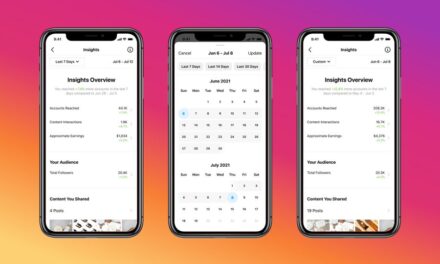Even if you are not doing business overseas it’s important to understand the impact of the General Data Protection Regulation, or GDPR. The GDPR is a regulation in European Union (EU) law on data protection and privacy for all individuals within the EU. It also addresses the export of personal data outside of the EU.
Essentially it puts the emphasis on the media publisher to disclose what data or Personally Identifiable Information (PII) is being shared. You know those privacy policies you never read because they are written in a way to keep you from reading? That’s what really is being addressed to put the emphasis on providing complete and full disclosure.
Now for the US, our regulations are currently much more relaxed but it is and has been a wake-up call to many in the industry to not only be good shepherds when utilizing data, but more importantly to be much more transparent in how that data is used when it comes to digital campaigns.
Most of these types of data driven campaigns utilize some form of programmatic piping to connect the points. With that “however” there is still a bit of a misnomer about what “programmatic” actually is. It’s fundamentally just a piece of software that connects available inventory with branded advertisements that are looking to buy that inventory.
Layering data actually helps ensure brands aren’t wasting money on consumers who aren’t looking for that type of product, and as a result in many cases allows for a better experience for consumers. This way, at least the ads consumers are seeing are more likely going to be for products or services they have an interest in.
Even the term “programmatic” may become somewhat antiquated over time as attribution modeling and block chain begin to close the gap on ensuring real connections of interest are being connected with real people.
That’s where expertise in the space can become crucial!
Sean Halter is Partner of Connectivity Holdings and President of YouConnex. YouConnex helps agencies and brands navigate the changing world of how to make data actionable in today’s digital media landscape.














